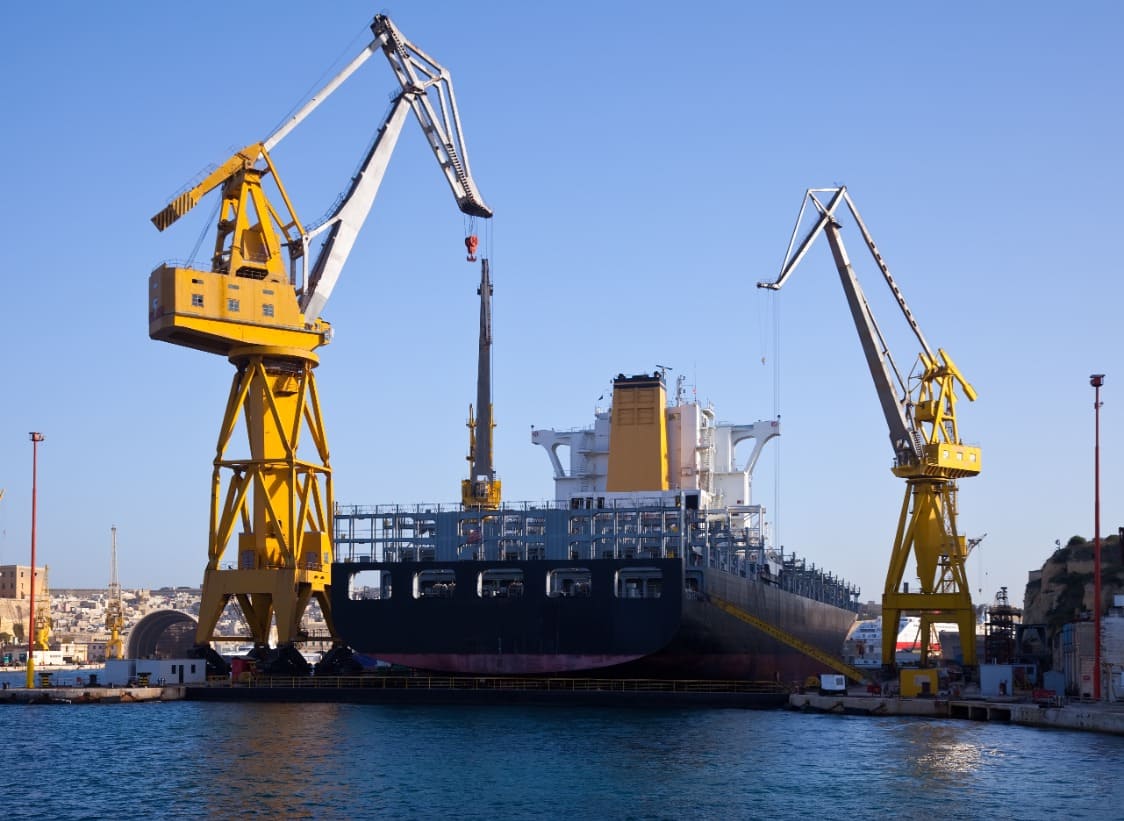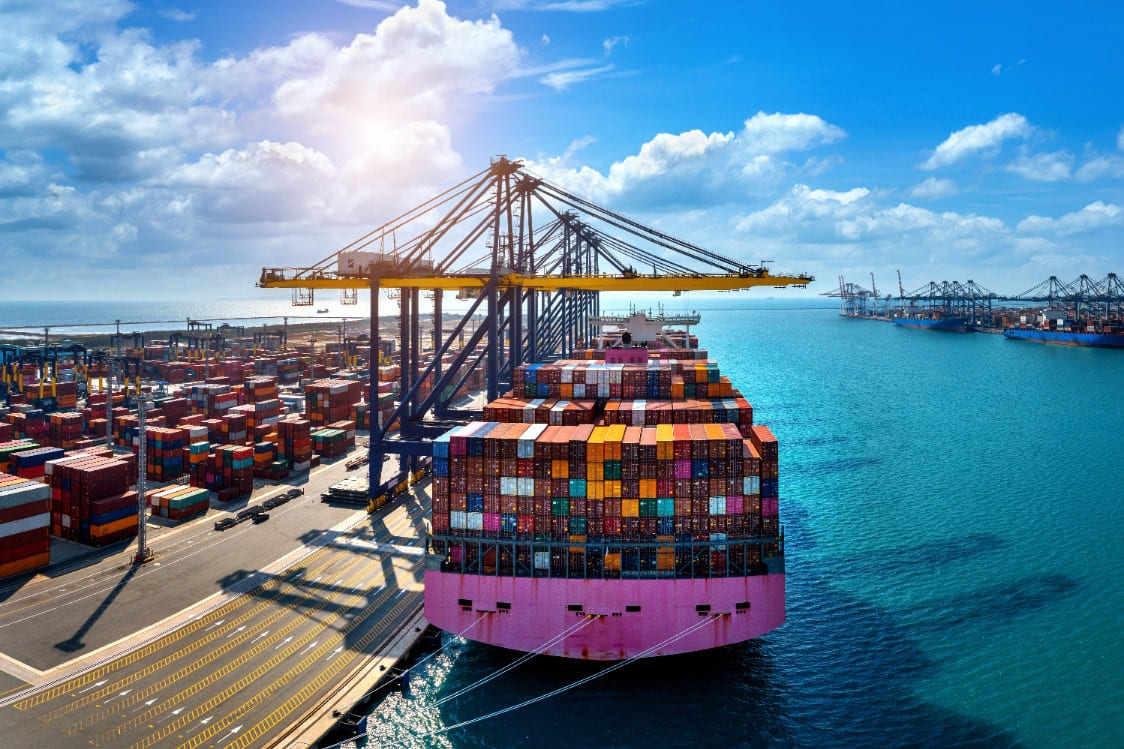Hub Port vs. Feeder Port: Key Differences and Why They Matter

Posted on Mar 14, 2025 at 10:03 PM
Throughout the ages, the hub port has played a crucial role in facilitating the movement of goods and connecting economies. As global trade has expanded, this hub port has become an indispensable part of the transportation network, improving efficiency, reducing costs, and thus ensuring that goods arrive on time. Today, the hub port is essential for shipping, acting as a central point for distribution and cargo transfer between regions.
In this article, we will examine what defines a hub port, the key differences between it and feeder ports, and why this concept is critical for modern trade. Whether you work in logistics, own a pc, or manage devices, understanding how a hub port operates can enhance your business operations and reduce costs.
What Is a Hub Port?
Essentially, a hub port is a significant seaport that functions as a central point within a logistics system, enabling the efficient movement of cargo across multiple pathways. Equipped with advanced technology, these ports facilitate shipping, ensuring quicker delivery and smooth connectivity between regions.
This type of hub port is often found in strategic locations, such as Singapore, Immingham, and the USA, where large volumes of container traffic are handled daily. With multiport docking stations, hub ports allow seamless connection between ships and provide a simple solution for cargo distribution.
A deep understanding of how hub ports operate is essential in port and shipping management courses to understand the key functions of a hub port:
- Linking major shipping routes, ensuring efficient distribution of cargo.
- Expanding global trade by enabling quicker usb data exchange between international markets.
- Providing essential power and charging stations for devices, enhancing port operations.
- Supporting various operations, allowing a single location to process vast amounts of cargo.

Key Differences Between Hub Port and Feeder Port
A hub port serves as the main distribution center, then handling various ships and ensuring that goods are efficiently redistributed. In contrast, a feeder vessel / port supports smaller vessels, acting as a link between local ports and central hub ports.
At a hub port, cargo is consolidated and transferred onto different ships, often using advanced docking stations that include usb connectors, hdmi modules, and ethernet card solutions. So, these ports allow for higher speeds, improving overall shipping efficiency and enhancing the global logistics infrastructure.
Unlike feeder ports, a hub port integrates multi-level logistics, utilizing thunderbolt-enabled docking stations, power adapters, and displayport outputs to manage massive cargo collections efficiently.
Why is a Hub Port Important?
A hub port plays a pivotal role in global trade by offering comprehensive logistics solutions that support shipping and cargo distribution.
- Enhanced Cargo Handling and Delivery: A hub port offers day-to-day cargo handling, utilizing a portable device, adapter, and connector to expand speed and add output options for efficient delivery.
- Reducing Costs & Increasing Profits: Industrial-grade hub ports facilitate seamless connectivity and optimize price management, resulting in easily measurable returns based on improved operational control, including an integrated station view.
- Boosting Trade with Faster Data & Cargo Transfer: Modern hub ports are designed with a range of superspeed USB solutions; thus offering compatible external slots and features that stand out in their design, complementing security standards, and driving a specific mission for efficient information and cargo collection.
- Facilitating Global Logistics and Supply Chain: Powered by advanced infrastructure stations and universal connectivity, hub ports improve service, deliver compliant solutions and safely meet global standards with a targeted focus on protection and efficiency.
- Providing Additional Services & Enhanced Connectivity: Many hub ports connect devices—such as Mac and desktop computers, offering a set of ports for various interface expansion, empowering users to discover and display content on the surface of their devices, while meeting standard connectivity needs and hosting various base connections.
Thus, if you are looking for shipping solutions, consider browsing for products from brands like Anker, Belkin, and StarTech, known for high rating and reliable performance.
Finale Thoughts
With continuous growth in maritime trade, the hub port remains a crucial component of efficient shipping. Whether you manage laptops, printers, or global cargo stations, having a deep understanding of how a hub port functions can enhance your ability to make informed business decisions.
If you want to explore more about hub ports and how they impact international shipping, you can educate yourself about docking stations, USB hubs, and charging solutions developed to enhance your business connectivity.




